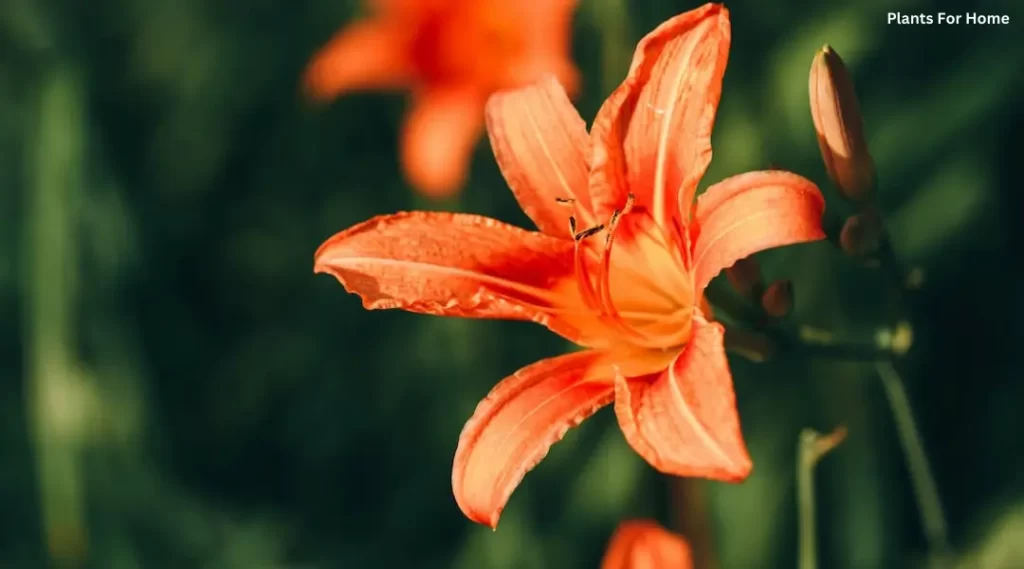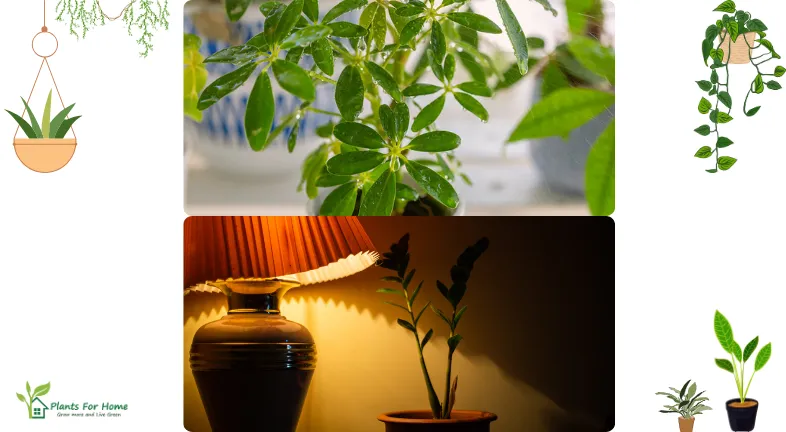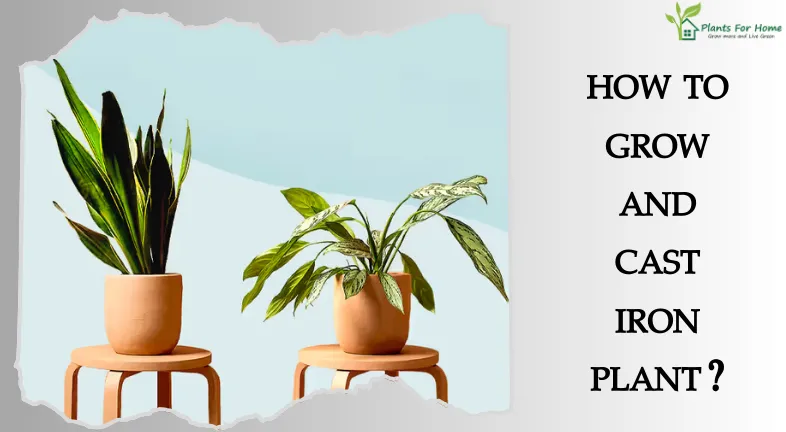
Impatiens walleriana is a species of the genus Impatiens that is endemic to eastern Africa, ranging from Kenya to Mozambique. It is often referred to as busy Lizzie, balsam, sultana, or just impatiens. Horace Waller, a British missionary, is honored with the Latin specific epithet walleriana.
Busy Lizzie is well-known for its vibrant red, fuchsia, orange, white, and purple flowers. It is also well-liked for its low maintenance requirements and extremely attractive appearance.
It is used for– Herbal treatments made from North American impatiens have been used to treat stinging nettle (Urtica dioica) rashes, bug bites, and bee stings. They are also applied to stop a rash from forming following contact with poison ivy (Toxicodendron radicans).
Impatiens walleriana are traditionally annuals that prefer shade. SunPatiens can thrive in full sun, while New Guinea impatiens can withstand greater sun.
Impatiens, often known as busy lizzies, are delicate plants with persistent flowers that bloom nonstop throughout the summer and fall, frequently until the first frosts. Impatiens are hardy, flexible, and compact plants that grow well in borders or raised beds as well as in a variety of pots and containers.
Are Busy Lizzies Requiring Sun?

Busy lizzies are particularly adaptable and are frequently best in partial shadow, in contrast to most other common summer bedding staples that require some sun exposure. Though they prefer a little shade to avoid getting burned by the midday heat, plants will still thrive in a reasonably sunny position.
When to sow:
Busy Lizzies should be sown indoors between February and April if you want to enjoy a long flowering season. If you give your plants a head start, they will start to blossom in June.
How to Plant:

- Gro-Sure Seed and Cutting Compost should be poured into a seed tray and carefully compacted.
- After thinly scattering the seed over the compost’s surface, lightly sprinkle more compost or vermiculite on top of it.
- Use a hand sprayer that is filled with tap water to wet the compost.
- Adjust the temperature of the propagator so that it is between 20 and 25°C.
- Maintain moisture in the compost and place the propagator in a bright area.
Next steps:
- Provide shade from direct sunshine while maintaining a light position for the seedlings as they grow.
- Once the seedlings reach a manageable size, carefully remove the roots from the compost by holding each one by a leaf rather than the stem.
- Use a dibber to create a hole in the middle of the small pots filled with peat-free multipurpose compost. Carefully place the seedling into the hole and firm it in gradually.
- Grow indoors in a light spot with regular watering.
- When the weather is suitable in late May or early June, acclimate plants by leaving them outside during the day and then bringing them inside at night. For a few weeks, this “hardening off” procedure will need to be completed.
- In well-drained soil or in pots and baskets filled with multipurpose compost, busy lizzies flourish. Plant outside just after there is no longer any chance of frost, and space plants 20 cm apart.
- Water your plants thoroughly, and once they’re established, give them regular feedings with a balanced liquid fertilizer like Westland Boost throughout the growing season. Regular deadheading will keep displays neat and promote new blooms.
Typical issues, pests, and illnesses:
- Slugs and snails can cause injury to young, active lizzies. Use organic slug pellets to protect your plants, or grow them in hanging baskets and pots that are harder for mollusks to get into.
- Grey mould can damage plants, but the best way to stop outbreaks is to remove withered blooms and yellowing foliage before they decompose.
- Most Impatiens walleriana varieties are susceptible to busy lizzie downy mildew, which is responsible for plants that drop their leaves and blooms, leaving only bare branches with buds at the tip. Regretfully, contaminated plants have to be burned or disposed of. Next season, try growing hardy varieties like mildew-busting Imara busy lizzies or New Guinea impatiens.
- Because busy lizzies’ stems can break easily, it’s best to grow plants away from paths where they can be knocked over or harmed by wind.











